Artist: Fra Angelico
Style: Early Renaissance
Topic: Religious Saints Temples Religious
Technique: Oil
In 1447, or perhaps earlier, Fra Angelico was in Rome, where he painted the private chapel of Pope Nicholas V with scenes from the lives of St Lawrence and St Stephen, frescoes which sum up the whole trend of his work. They possess a logical realism in their perspective settings, clarity of scale and narrative content, and restraint in their vigour. The colour is limpid, but with sufficient use of chiaroscuro to give substance to the figures; the use of continuous representation is kept to a minimum by the division of the scenes through differences in their architectural setting, but nowhere is the search for realism in the use of lighting effects allowed to destroy the unity of the whole, or the sense of the plane of the wall. The stories are told with a wealth of circumstantial and colourful detail: for instance the allusion to the Pope's decision to declare 1450 a Jubilee Year is shown by the two soldiers about to break down the walled-up door on the left but even a detail of this kind is never intrusive or merely included for decorative richness, but is at the heart of the narrative.
Artist |
|
|---|---|
Download |
|
Permissions |
Free for non commercial use. See below. |
Fra Angelico – Most viewed artworks
|
This image (or other media file) is in the public domain because its copyright has expired. However - you may not use this image for commercial purposes and you may not alter the image or remove the watermark. This applies to the United States, Canada, the European Union and those countries with a copyright term of life of the author plus 70 years.
|
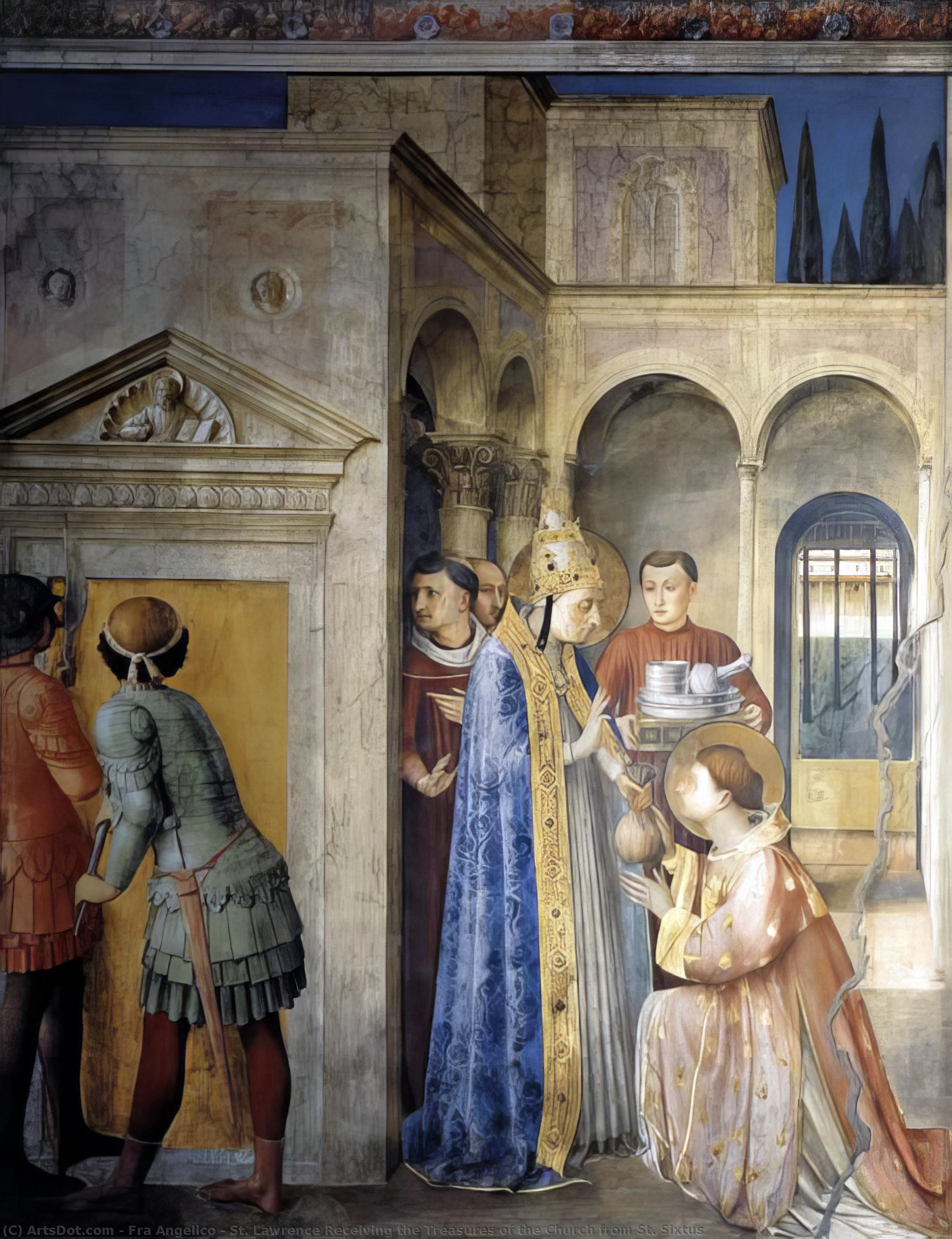
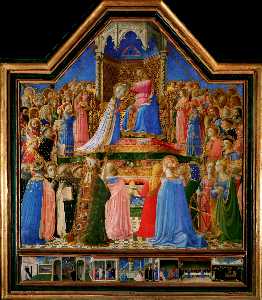
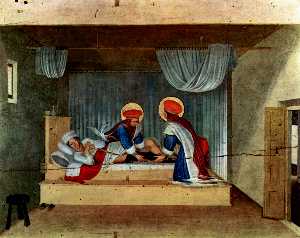
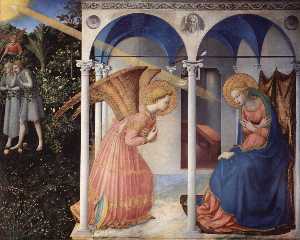
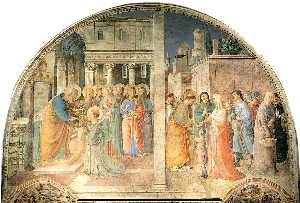
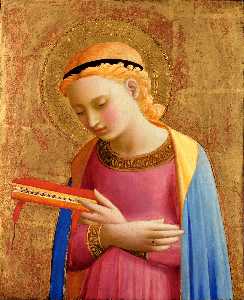
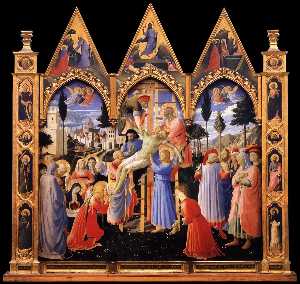
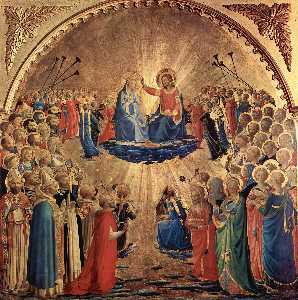
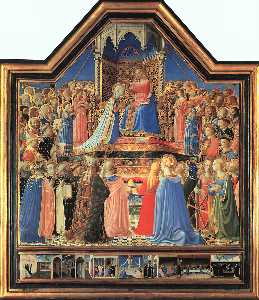

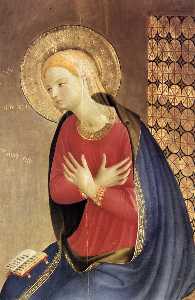
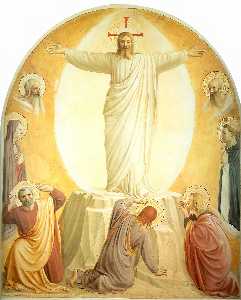
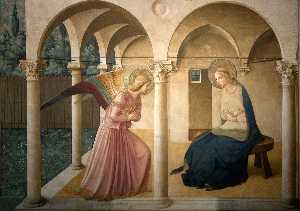
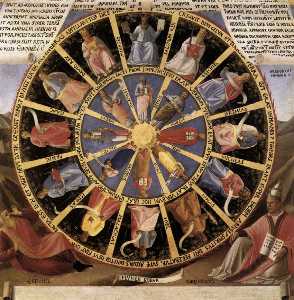

 Note that a few countries have copyright terms longer than 70 years: Mexico has 100 years, Colombia has 80 years, and Guatemala and Samoa have 75 years. This image may
not be in the public domain in these countries, which moreover do not implement the
Note that a few countries have copyright terms longer than 70 years: Mexico has 100 years, Colombia has 80 years, and Guatemala and Samoa have 75 years. This image may
not be in the public domain in these countries, which moreover do not implement the